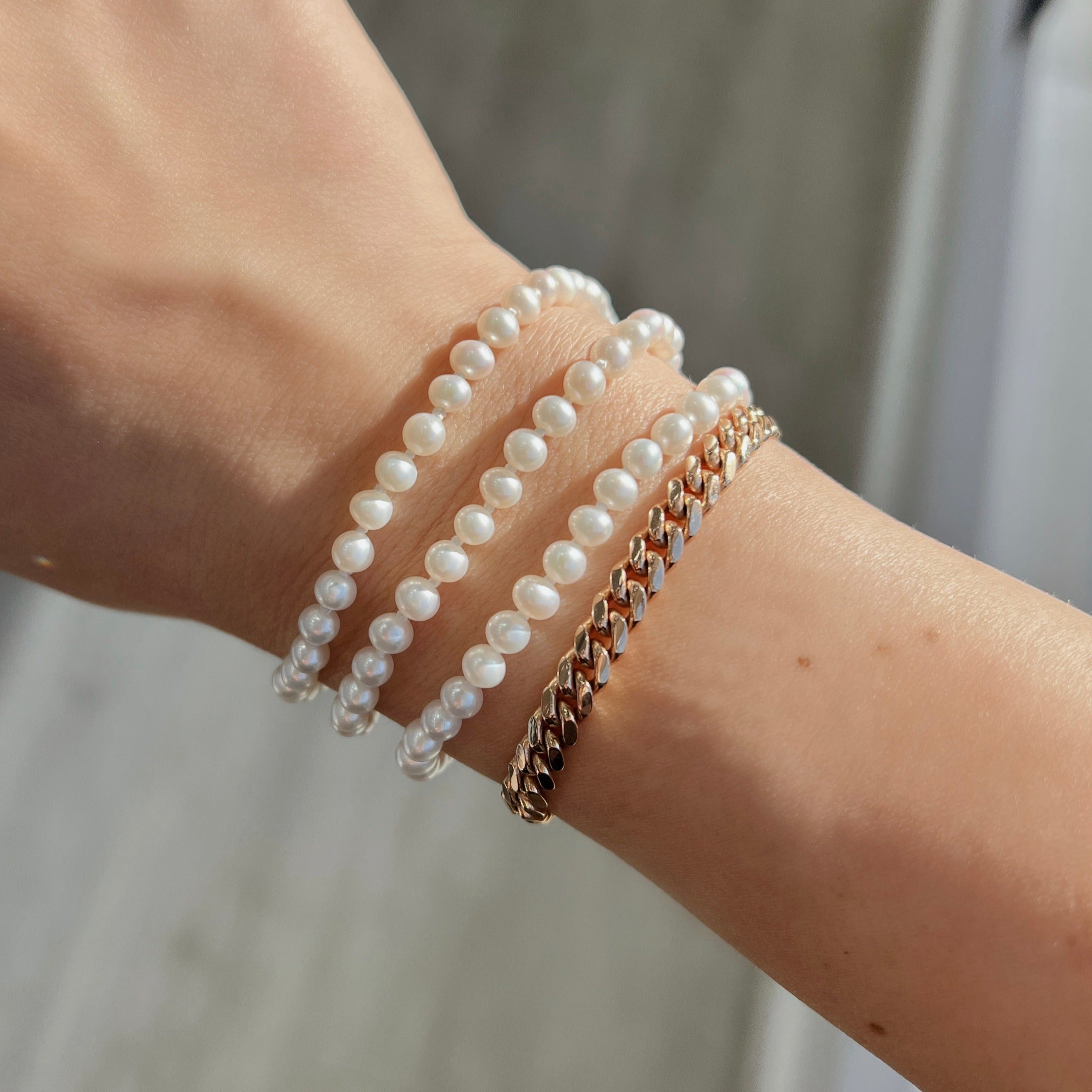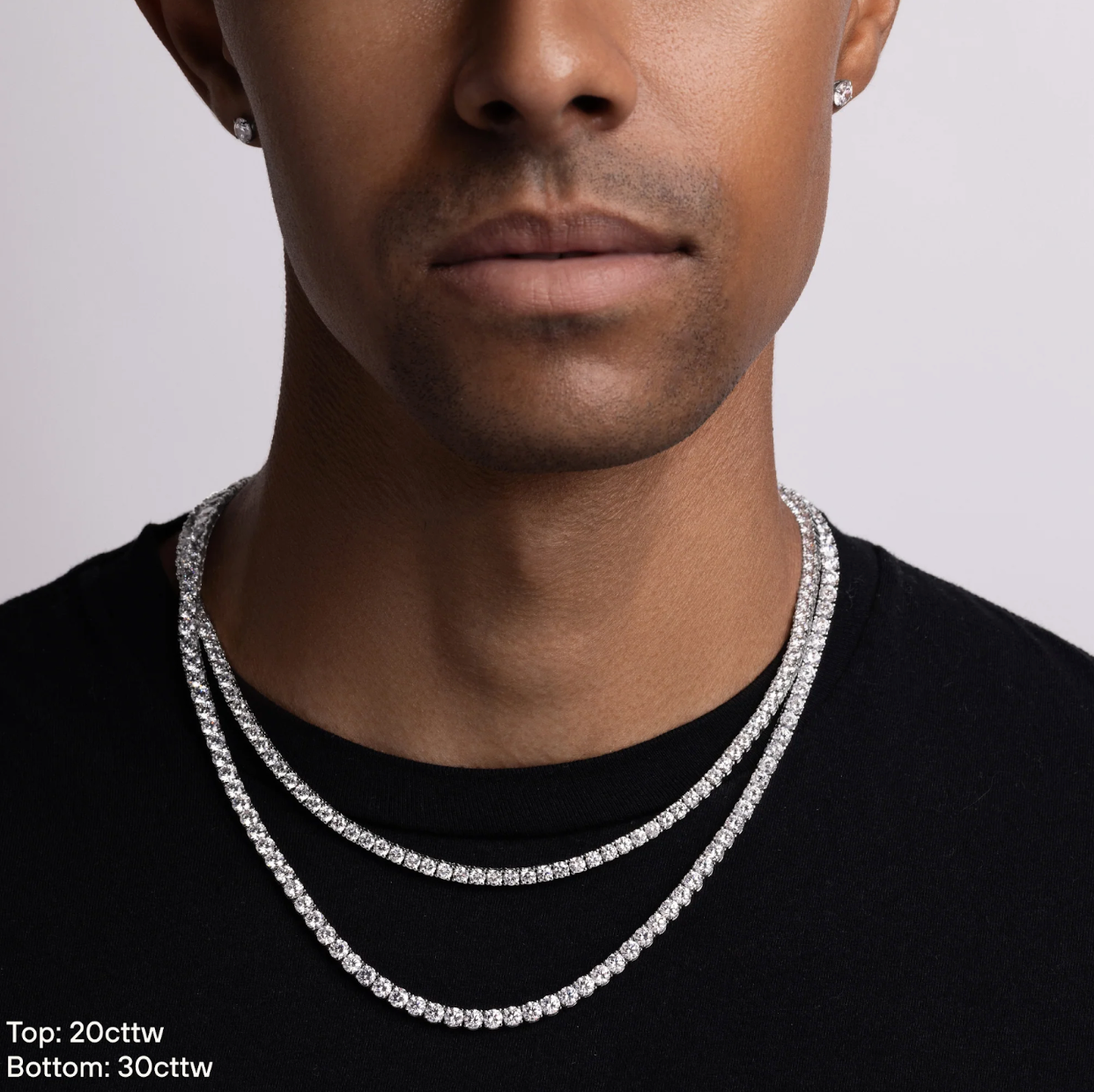
June, marking the start of summer, is affiliated with three main birthstones that perfectly capture the essence of childlike innocence and strong feelings of adoration for others. Its birthstones, pearl, alexandrite, and moonstone, are all available in natural and synthetic forms and worth a high value, sometimes even that higher than diamonds!
In this guide, we will talk about the most unique June birthstone that enjoys the specialty of being the only gem created by a living organism-the beautiful pearl.
Meaning and History
Pearls, due to their enchanting design, have been linked to traits such as humility, purity, and innocence for the past several years. In ancient history, people of the Middle East believed these stones to be teardrops from heaven, while the Chinese believed that they originated from the brain of the mythical creature — the dragon.
According to the Great Hindu Scripture Atharvaveda, June's pearl birthstone is a symbol of positivity and wealth. The gemstone is also known to have medicinal properties and was used to treat blindness, heart disease, and depression in the 19th century by Arab physicians.
The true meaning of this straightforward yet majestic stone is to encourage humans to live with simplicity and spread love and kindness to anyone in need. Pearls are also used as a token of trust in marriages in vintage jewelry and to celebrate the third and thirtieth anniversary.
Growth and Discovery
Pearls were discovered by ancient divers searching for food on the shore by accident and, since then, have been sought after by noblemen and rich citizens. In contrast to most gemstones that are formed within the Earth’s surface, pearls are organic valuables and grown within the shells of specific breeds of clams and oysters.
This June birthstone is also grown by a minute number of mollusk species living in fresh or saltwater environments. A pearl forms once an incredibly small parasite or rock fragment enters the shell of the mollusk. In response, the oyster coats the material with layers of aragonite, a soft calcium carbonate mineral that is present in the mollusk’s shell.
Pearls can take anywhere between six months to several years to develop. Each mollusk species is known to produce a uniquely shaped, sized, and colored gemstone. In present times, pearls are formed artificially in specialized mollusk farms by following the culturing process.
This process involves introducing the mussel to irritants and providing it nourishment to produce a stone that looks just like the organic June birthstone. These man-made stones have made pearls more accessible for affordable prices, leading to a sudden spike in their demand and popularity.
Where Are Pearls Found?
Warm, pristine saltwater, a clear blue sky, and enchanting scenery—these are the perfect conditions for discovering pearls. The waters surrounding the southern provinces of Asia, including China, Japan, and Indonesia, are renowned as the premier hub for organic pearls. The Philippines also has the ideal climate for growing this stone and is a major contributor to the June birthstone across the world.
Meanwhile, divers have been retrieving large quantities of pearls from the Arabian Gulf for the past 5000 years. The Strait of Mannar and waters of Central America, Mexico and now Venezuela were also major suppliers of this gemstone in the 16th century under the Spanish colonial rule and continue to provide the valuable June birthstone.
What Are Some Famous Historic Pearls?
Pearls have been used as a token of love and care since ancient history. The world’s largest pearl, measured to be almost 3 inches long and 2 inches wide, was called the Pearl of Asia and given as a gift by the Mughal emperor Shah Jahan to his favorite wife, Mumtaz.
La Peregrine is another luxurious pearl that was found in Panama during the 1500s. This white birthstone has a pear shape and hangs from a mount of studded diamonds. It was found by an enslaved person who exchanged it for his freedom and then sent it to Spain's King Philip II in 1570. The pearl was then acquired by Mary I of England before falling into the hands of France's Prince Louis Napoleon.
How to Use Pearls in Jewelry
Women have always adored pearls greatly and for the time being, they were a mandatory part of every lady's jewelry collection. These gemstones go well as necklaces and bracelets, but remember that they can easily outlive the lifespan of the strings they are hung on and, therefore, eventually need to be restrung.
Earrings are another elegant and easy way to adorn these pearls. Mix this June's birthstone with other matched or mixed-matched designs to create a stunning, customized piece of jewelry article.
What to Look for When Buying Pearls
When shopping for the June birthstone, it's important to consider certain factors that can help determine if the pearl is worth your money and attention or not. These include:
- Luster: The distinctive quality of an organic, high-quality pearl is that it has an incredibly bright sparkle from all angles. If the selected stone's anatomy lacks luster, then it is undeserving of your money.
- Shape: Pearls, just like Earth, have a perfectly round structure. However, the latest varieties now come in organic shapes, for greater versatility. While the round-shaped pearl promises all benefits in terms of visuals and shine, you can choose between another shape depending on your preference.
- Color: The original color of June's birthstone pearl is a shiny white, silver, or cream-coloured hue. The gemstone is also produced in a golden shade if the Mollusk holds it for a longer time before transforming it to the original white color. Pick a stone that has the color closest to being white to avoid being cheated on during jewelry shopping.
- Nacre Thickness: Nacre is a composite mineral that makes up pearls and their outer coating. June's birthstone contains dashes or lines on its structure which can either be thin or thick. For a natural-looking pearl, opt for a pearl with thin lines and minimal nacre thickness.
- Price: Pearls are available for a variety of prices starting as low as $8 and going as far as $5000. Organic birthstones are sold for higher prices because of the expensive equipment, planning, and high risks involved during the founding process.
How to Care for Pearls
June’s pearl birthstone measures between 2.5 to 3.0 on the Mohs hardness scale and, therefore, requires extra care and attention because of its soft nature. Always store the stone separately from other jewelry items, especially those made of metals, to protect it from accidental scratches.
Also, avoid using plastic bags or containers for storage since they emit a chemical that is harmful to the pearl's surface. Avoid spraying perfume, hairspray, or other cosmetic products on the stone. For cleaning, use a soft, damp fabric and wipe it each time after use.
Conclusion
In summary, Pearl, known for its timeless beauty and harmony, is one of the most popular and sought-after options among June birthstones. The gemstone's use for treating various diseases, along with being used as a symbol of love between couples, can be dated back to ancient history.
Whether it is used to engrave on a classic ring or a contemporary bracelet, the Pearl birthstone captivates and mesmerizes everyone with its purity and refined look. It is the perfect gift for anyone born in June to remind them of their treasured presence and dazzling beauty similar to that of the birthstone.
Interested in purchasing a custom pearl piece of jewelry? Browse through our collection to get started!





Share:
Elongated Cushion vs Emerald
Elongated Cushion vs Radiant Cut